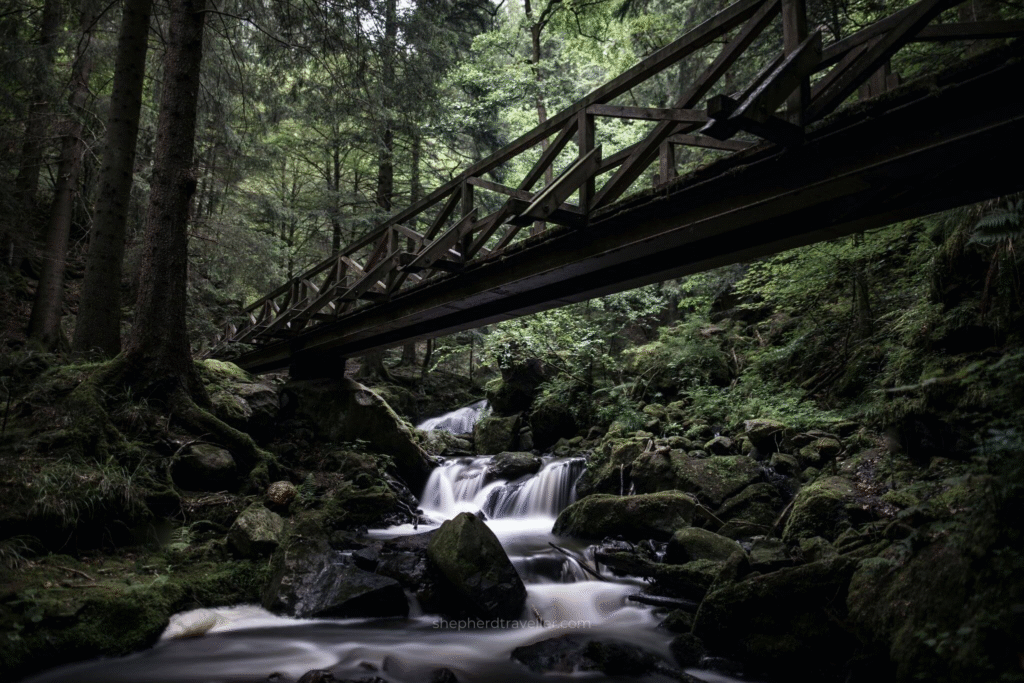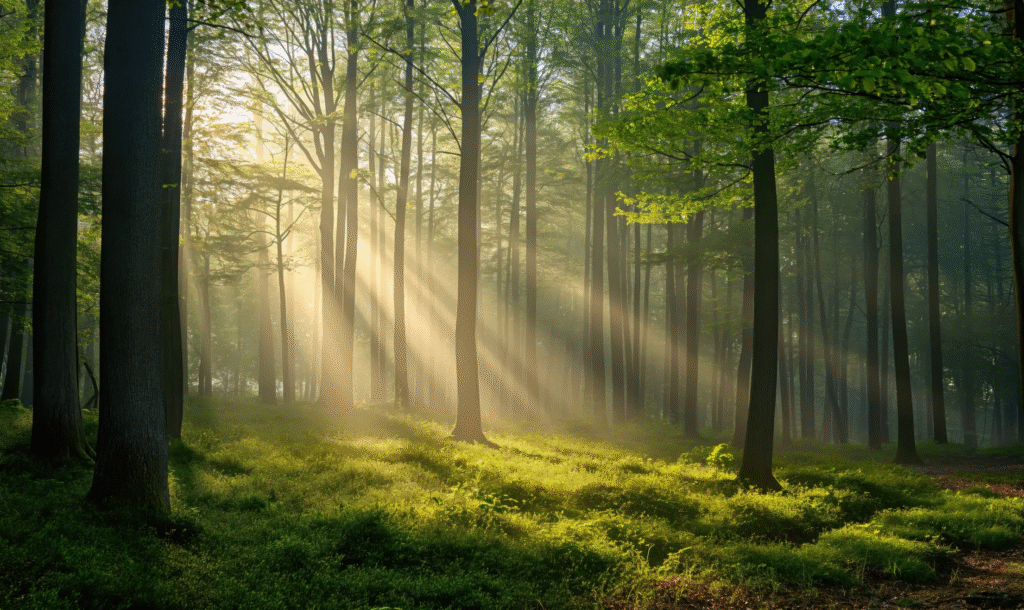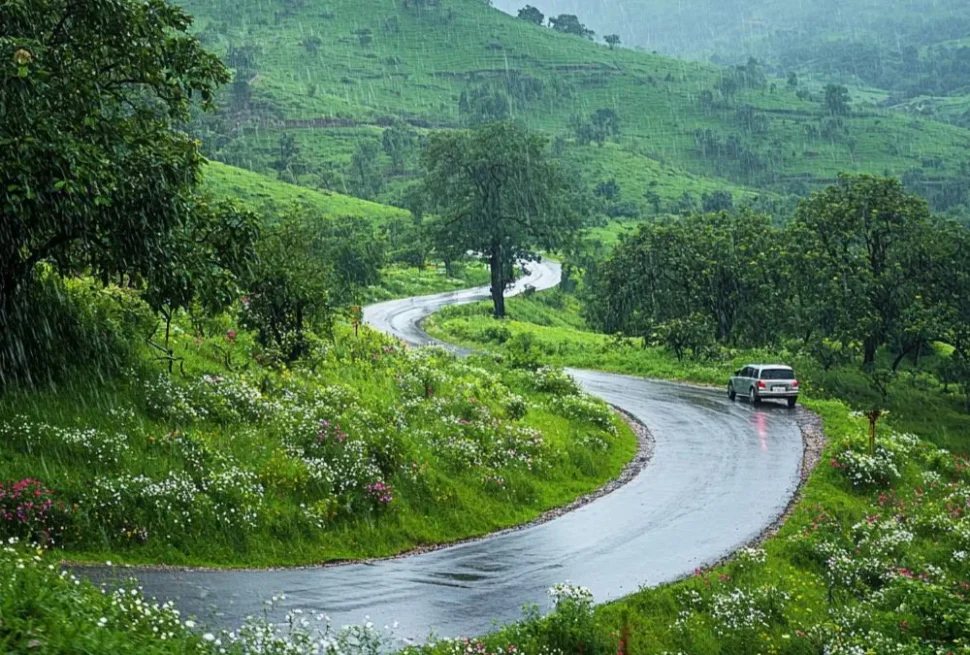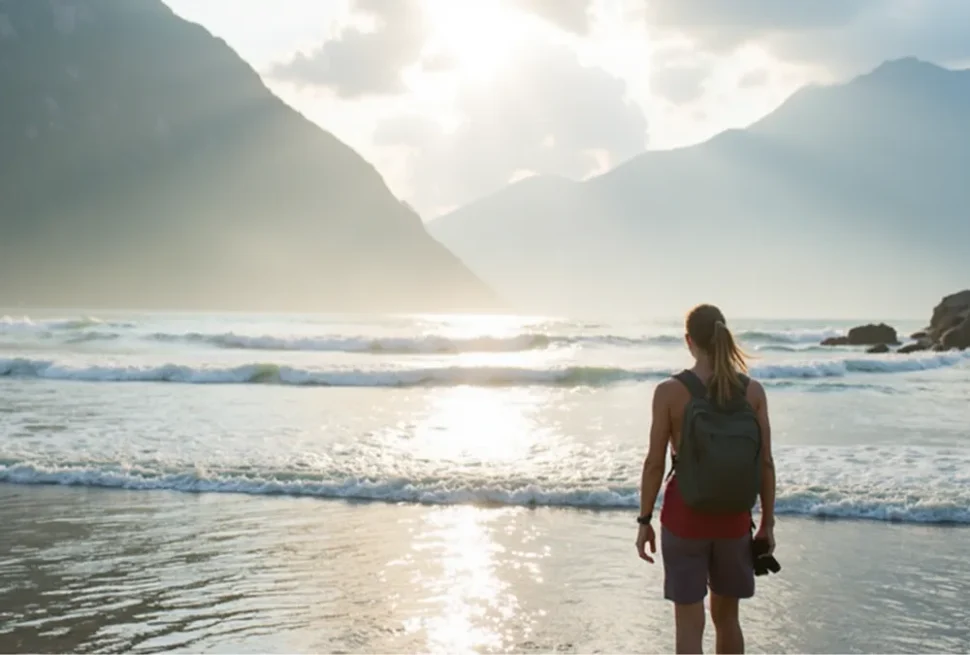Forest trails awaken a primal part of us—an ancient memory of moving beneath a canopy of trees, guided by birdsong and filtered sunlight. In the modern age of speed and screens, there is nothing more grounding than setting foot on a dirt path through the woods, the morning mist curling around ferns, and the earthy scent of wet leaves rising in the air.
Whether you’re deep in the wilderness or exploring forest parks closer to home, a journey into the green unknown is one of rediscovery—of self, of silence, of the living world.
1. The Irresistible Allure of Forest Escapes
Why do forests captivate us so deeply? It’s not just the towering trees or the filtered light—it’s the sense of being wrapped in nature’s rhythm. Every leaf has a story, every rustle a presence. Forests are alive in ways we often forget until we immerse ourselves within them.
The forest isn’t a place to rush through—it’s a place to move slowly, to listen, and to be.
2. Best Forest Trail Destinations Across the Globe

Black Forest, Germany
Known for its dark pine trees, folklore, and fairy tale ambiance, this German forest is full of well-maintained trails, lakes, and villages.
Redwood National and State Parks, USA
Home to the tallest trees on Earth, walking under the redwoods is humbling and awe-inspiring.
Yakushima Forest, Japan
A UNESCO World Heritage Site, it boasts ancient cedar trees, lush moss, and mystical fog—straight out of an anime world.
Periyar Wildlife Sanctuary, India
Tropical and teeming with wildlife, this forest in Kerala offers guided treks with a chance to spot elephants and birds.
Daintree Rainforest, Australia
One of the oldest rainforests in the world—where reef meets rainforest—and full of biodiversity.
3. Activities That Enrich the Forest Trail Experience
Forest trails are more than walking paths—they’re immersive ecosystems full of stories, sounds, and secrets.
- Nature Walks – Slow-paced, silent walks that let you absorb the environment.
- Bird Watching – Forests are full of unique birdlife; bring binoculars and listen carefully.
- Photography – Light filtering through trees, macro shots of moss, or wide landscapes—photography thrives here.
- Foraging (with a guide) – Discover edible mushrooms, herbs, or berries in regions where it’s safe and permitted.
- Meditation or Journaling – Forests offer the ultimate peaceful setting for mindfulness.
- Camping – Spend a night under the stars with the sounds of the forest as your lullaby.
4. The Magic of Foggy Mornings

Fog is a forest’s way of whispering. Morning mist adds layers of mystery to every rock, tree, and trail. Visibility narrows, sounds soften, and what’s unseen becomes as intriguing as what’s visible. Photographers, hikers, and spiritual seekers often prefer early starts just to catch this quiet wonder.
It’s in the fog where forest trails feel timeless.
5. Healing Powers of the Forest
Numerous scientific studies back up what we instinctively know:
- Reduced Stress – Cortisol levels drop significantly after forest walks.
- Boosted Immunity – Forest air contains phytoncides, which strengthen immune function.
- Improved Mood – Natural surroundings uplift mental well-being and reduce anxiety.
- Better Focus – A few hours in the forest can help reset your attention span and boost creativity.
This is also the concept behind Japan’s famous Shinrin-yoku or “forest bathing”—simply being among trees with full awareness.
6. Solo Travel vs. Group Exploration
- Solo – You’ll have more freedom to pause, reflect, and truly merge with nature. Great for introspection.
- Group – Safer in remote or wildlife-rich areas. Great for shared discovery and guided learning.
7. Forest Trails for Different Skill Levels
- Beginner – Short, flat trails in national parks or urban forests.
- Intermediate – Day hikes with moderate elevation and uneven terrain.
- Advanced – Multi-day treks in mountainous or jungle regions.
Always match your trail to your fitness level and experience.
8. Must-Have Essentials for Forest Trail Travel
- Comfortable hiking boots – Waterproof and ankle-supporting.
- Backpack – Lightweight, breathable, with hydration options.
- Navigation tools – Physical map, compass, or offline GPS apps.
- First aid kit – Blister pads, antiseptic, and any necessary medications.
- Snacks and water – High-energy bars, fruits, and a reusable bottle.
- Weather protection – Raincoat, hat, and layers.
- Insect repellent – Especially in tropical and rainy areas.
9. Responsible Travel in Forests
Forests are delicate ecosystems. Tread lightly:
- Leave No Trace – Pack out everything you bring in.
- Stay on Trails – Avoid trampling vegetation or disturbing wildlife habitats.
- Don’t pick or collect – Let others enjoy the beauty too.
- Respect wildlife – Observe from a distance. No feeding or touching.
- Use eco-friendly products – Especially soaps or sunscreens near water.
FAQs About Forest Trail Travel
Q1: Are forest trails safe for beginners?
Yes! Start with marked trails in national parks. They are usually well-maintained and mapped.
Q2: What’s the best time of year for forest trekking?
Spring and autumn are ideal—cooler weather, fewer bugs, and stunning scenery.
Q3: Are forest trails pet-friendly?
Some are. Always check local rules, and keep pets leashed to avoid disturbing wildlife.
Q4: How do I deal with leeches or bugs in dense forests?
Wear long sleeves and pants, use repellents, and carry salt or alcohol wipes in leech-prone areas.
Q5: Can I camp anywhere in a forest?
No. Use designated campsites or check with local authorities. Wild camping is restricted in many regions.
Q6: Do I need a guide in tropical forests?
It’s strongly recommended—especially for safety, navigation, and understanding flora/fauna.
Q7: What if I get lost on a trail?
Stay calm. Use GPS or map. If you’re truly lost, stay in one place and wait for rescue if needed.
Q8: Are there forests accessible for people with mobility challenges?
Yes! Many parks now offer accessible forest trails, boardwalks, and viewing points.
Q9: How long should a forest trek last for beginners?
1–3 hours is ideal to start. Gradually increase as you gain experience.
Q10: Is forest travel safe during the rainy season?
Rain adds beauty but also risk—slippery paths, flash floods, and reduced visibility. Always check weather advisories.
Also Read: Lakeside Serenity: Escapes By The Water’s Edge
Conclusion: Embrace the Unknown Beneath the Canopy
The green unknown is not just a place—it’s a feeling. A reminder that not everything needs to be planned, posted, or perfectly timed. Forest trails teach you to trust your steps, listen more, speak less, and be present.
In foggy mornings and dappled paths, you’ll find the kind of peace that no city skyline can offer. In rustling leaves and the call of distant birds, you’ll remember the sounds that truly matter.
So step into the trees. Let your path wind and wander. Let the forest reveal what you didn’t know you were looking for.





